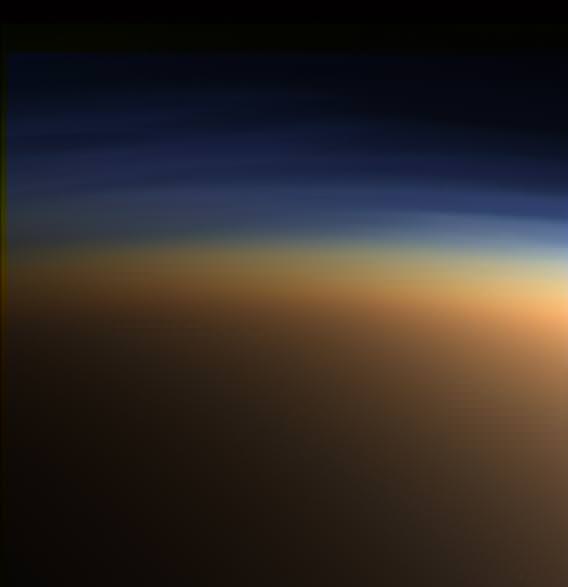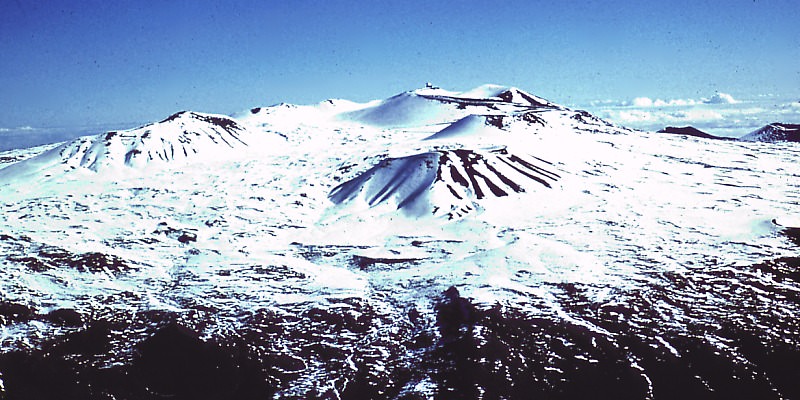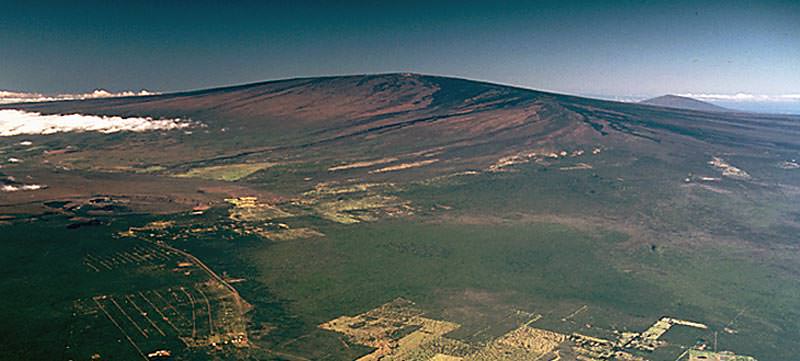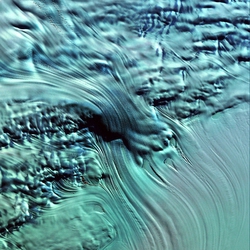[/caption]
Deep beneath the Earth lies the core. This is a ball of solid metal surrounded by liquid metal. The solid part is the inner core of Earth, and the liquid part is known as the Earth’s outer core.
Scientists have long suspected that the interior of the Earth is much denser than the rest of the planet. That’s because the average density of the planet is 5.5 g/cm3, while the surface is only 3 g/cm3. In other words, if the surface is less dense than the Earth, on average, then the core must be much denser.
During the formation of the Earth, 4.6 billion years ago, the planet was a molten ball of rock and metal. Because it was a liquid, however, the heavier elements like iron and nickel were able to sink down into the center. In fact, the inner core of the Earth probably has vast amounts of the heaviest elements, like gold, platinum and uranium.
But the fact that the Earth had two cores, inner and outer, was first discovered in 1936 by seismologist Inge Lehmann. He observed that seismic waves created by earthquakes on its surface would bounce off the two cores differently. This is similar to how light waves refract differently as they pass through liquids. By measuring these seismic waves, scientists have been able to map out the size of the inner core.
The inner core of the Earth is thought to be about 2,440 km across; about 70% the size of the Moon. It’s very hot, probably 3,000 to 5,000 Kelvin.
Scientists once believed that the inner core was possibly a single, solid object; maybe even a single crystal of iron. But recent evidence has found that it has detailed structures, and even has an inner, inner core.
We have written many articles about the Earth for Universe Today. Here’s a full article about the discovery of the Earth’s inner, inner core.
Want more resources on the Earth? Here’s a link to NASA’s Human Spaceflight page, and here’s NASA’s Visible Earth.
We have also recorded an episode of Astronomy Cast about Earth, as part of our tour through the Solar System – Episode 51: Earth.








